Devotion – Part 4: Italy
Chapter 10: Siena & Volterra
Tuscany
Tuscany is a region in central Italy that borders both the Ligurian Sea on its northern half and the Tyrrhenian Sea on its southern half. The region is about 23,000 square kilometers in size; the population of the region in December, 2019 was over 3.7 million.
Tuscany is old. It has been inhabited since roughly 1400 BCE. Among the earliest civilizations was the Etruscans that occupied what are now the regions of Tuscany, western Umbria, southern Veneto and Campania since about 900 BCE. Assimilation into the Roman culture began in the 4th century BCE.
Much of Tuscany was deforested long ago. Still beautiful, the hillsides are now fields, some small, some large, that cover all of the Tuscany I have seen, sharing space with ancient ruins and historic cities. There are many olive groves and vineyards that produce famous wines such as Chianti and Vino Nobile di Montepulciano.
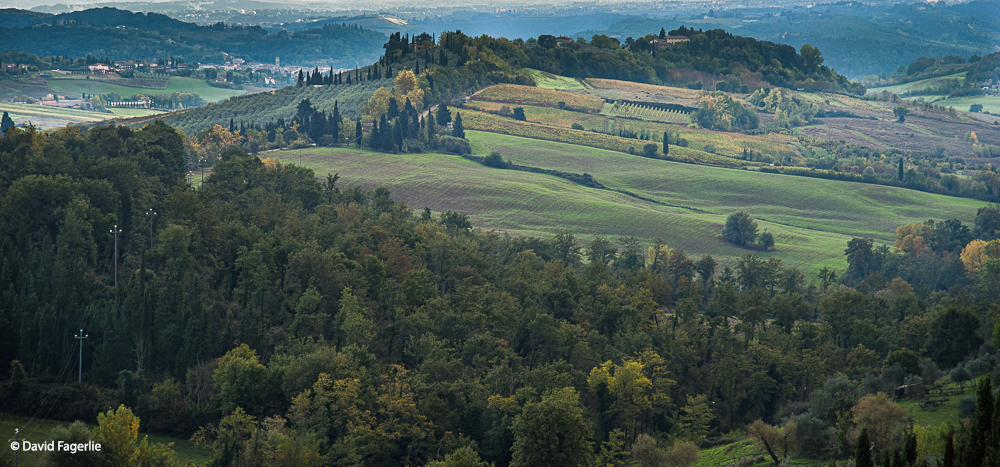
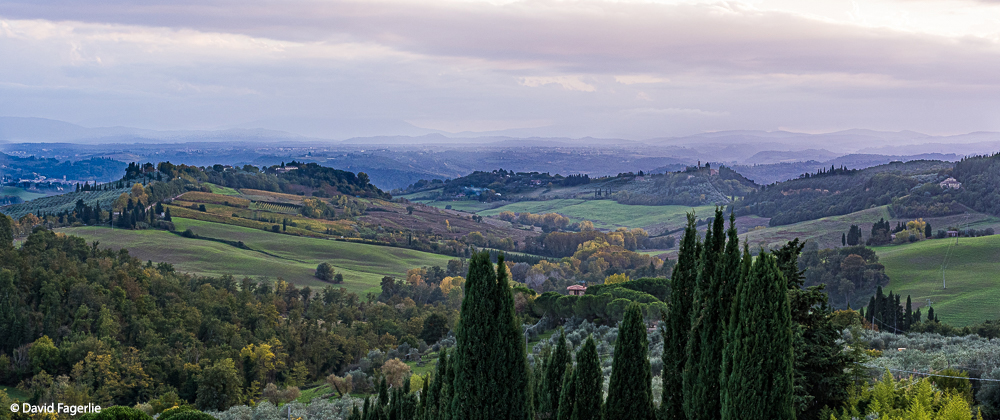
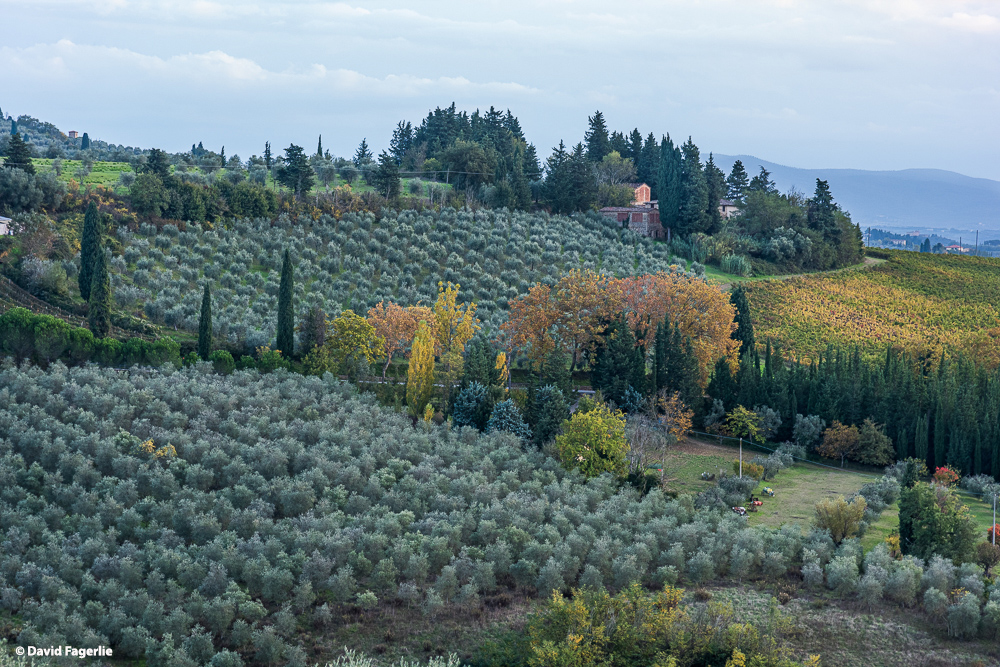

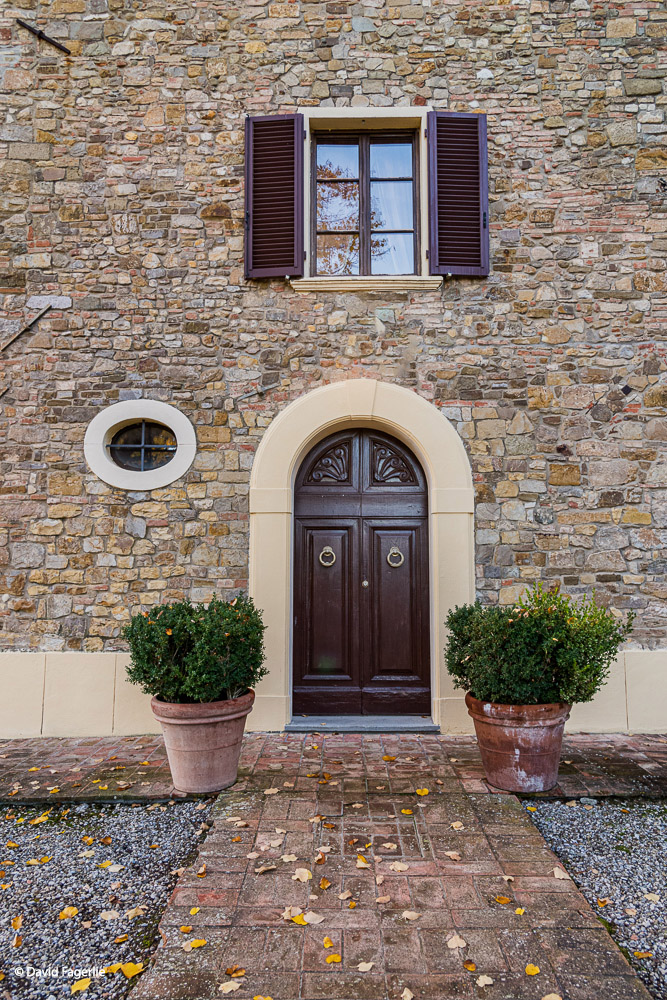
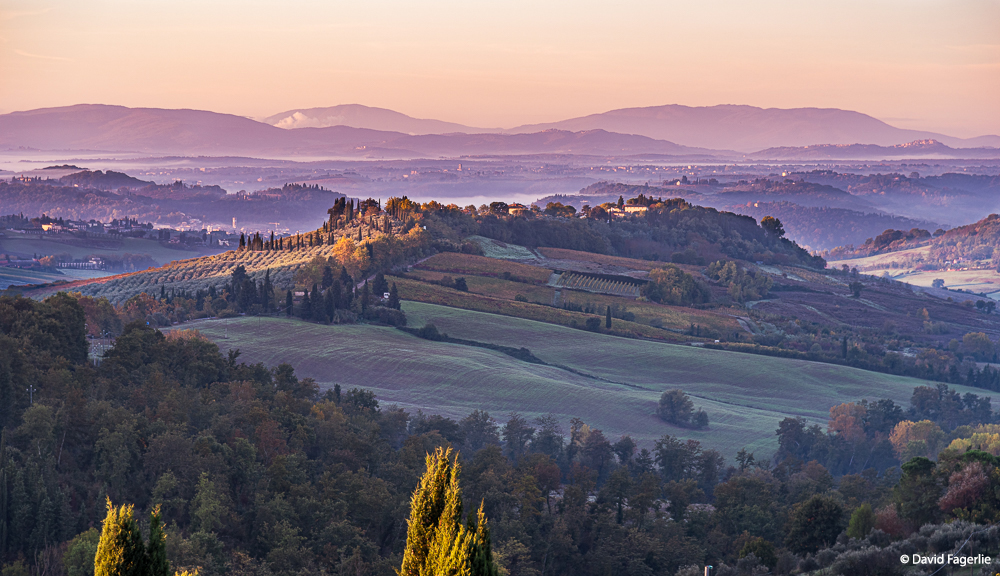
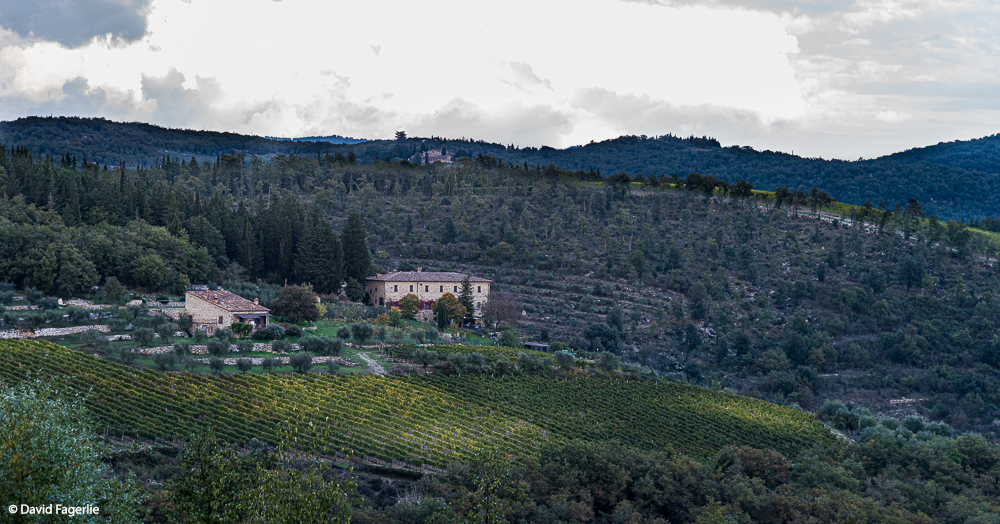
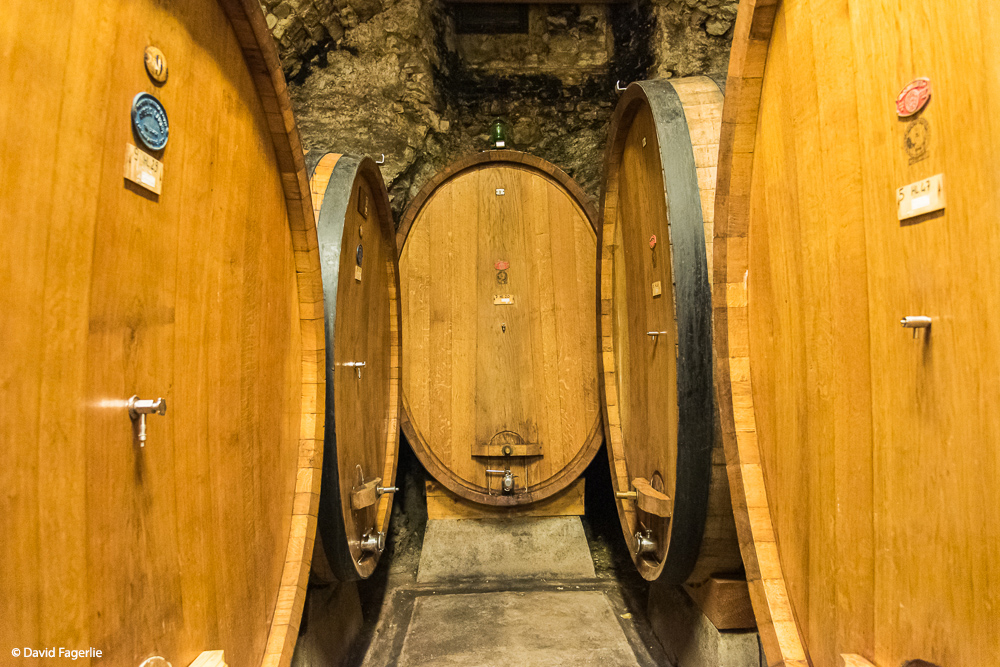
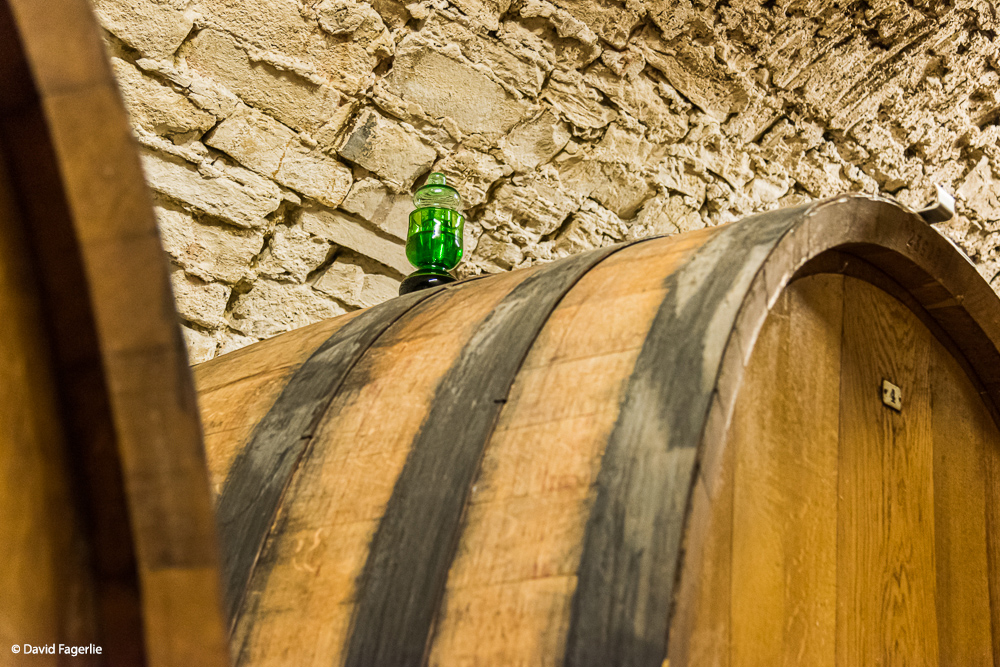

Siena
Seven locations in Tuscany are UNESCO World Heritage Sites including the central area of the city of Siena. According to local legend, Siena was founded by Senius and Aschius, two sons of Remus and nephews of Romulus, after whom Rome was named. After Remus was murdered by Romulus his sons fled Rome taking with them a sculpture of the She Wolf.
Siena did not prosper under Roman rule. After the Lombard rule of northern Italy the established roads to Rome were often raided by the Byzantines. The Lombards rerouted their trade route to Rome through Siena. That led to Siena becoming a thriving trading post.
During the Italian War of 1551-1559 CE, the Duchy of Florence, in collaboration with King Felipe II of Spain, invaded Siena. The city surrendered to Spain in April, 1555. However, the Spanish king, owing huge sums to the Medici family of Florence, ceded the region to the Grand Duchy of Tuscany. Siena was controlled by the Grand Duchy until the unification of Italy in the 19th century.
Siena is almost at the center of Tuscany in the middle of a hilly landscape. It is a very popular tourist destination. I have been there twice but that wasn’t enough. A wild time to visit would be during the Palio di Siena, a horse race held twice a year in Siena’s central plaza, Piazza del Campo. The districts of Siena, called “contrades,” race horses around the tight track in hopes of winning bragging rights and the display of their colors until the next year. The selection of a horse to represent a contrade is by lottery. All horses are mixed breed. The race lasts three rounds and is over in about 90 seconds. The plaza has been used for competitive games since medieval times. When the horse races began in 1633 there was just one race per year on July 2nd. In 1701 a second race was added on August 16th.
Here are some images of the plaza in a much less crowded and quieter time of year. The large building and tower is the Palazzo Pubblico or town hall, constructed in 1297. In the third photo below note the coat of arms with six balls. I will refer to it in a future chapter.
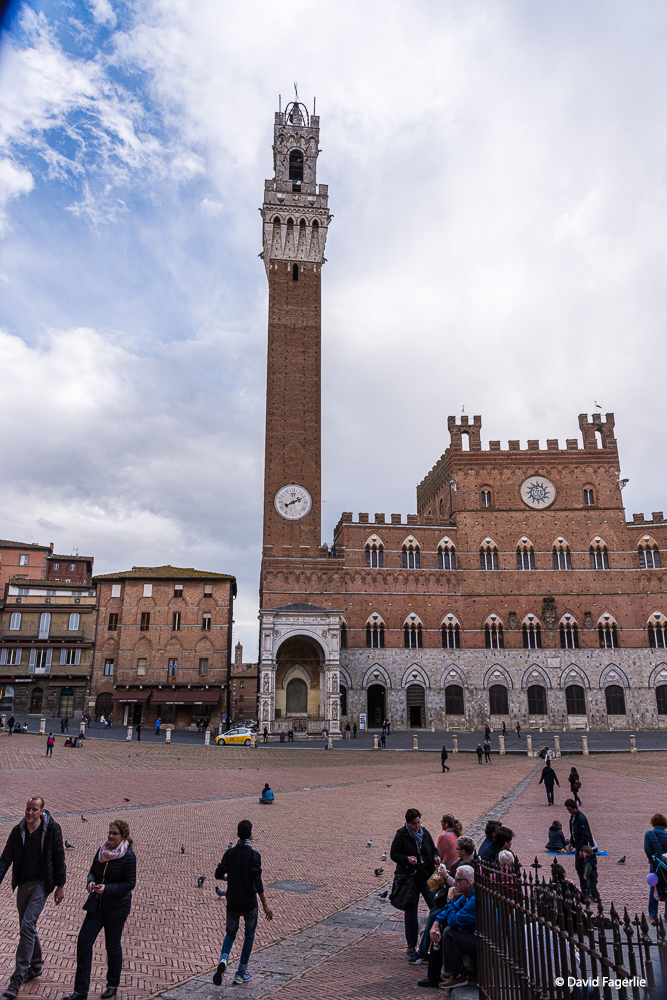
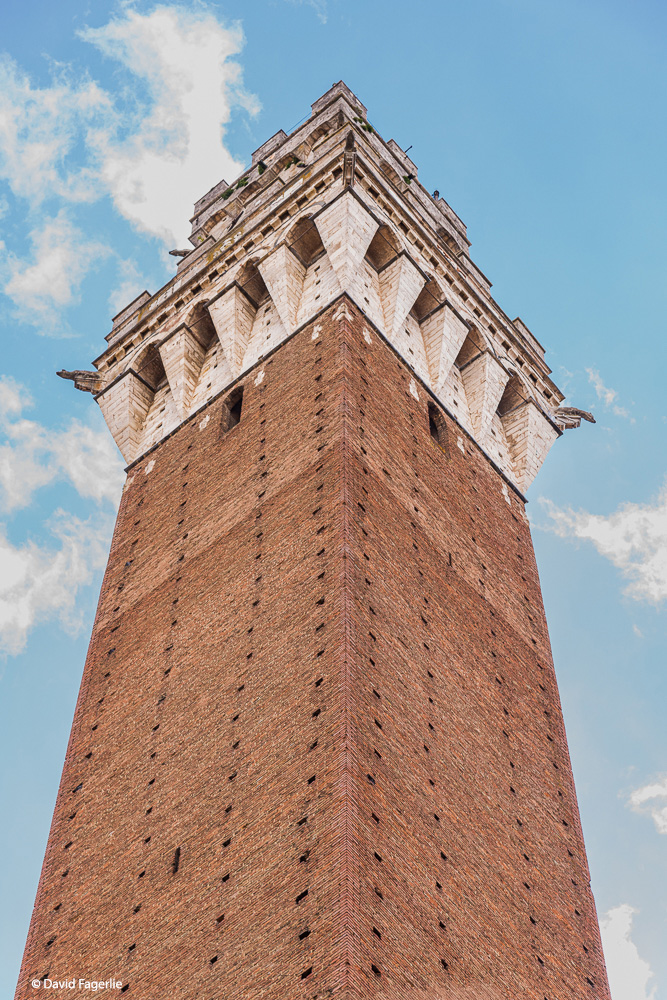

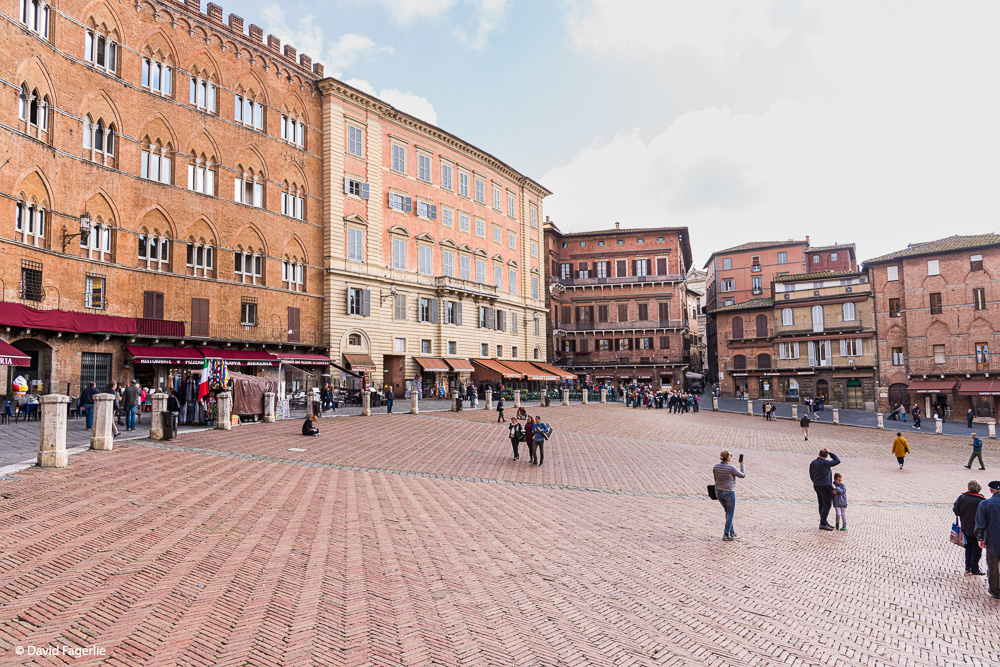

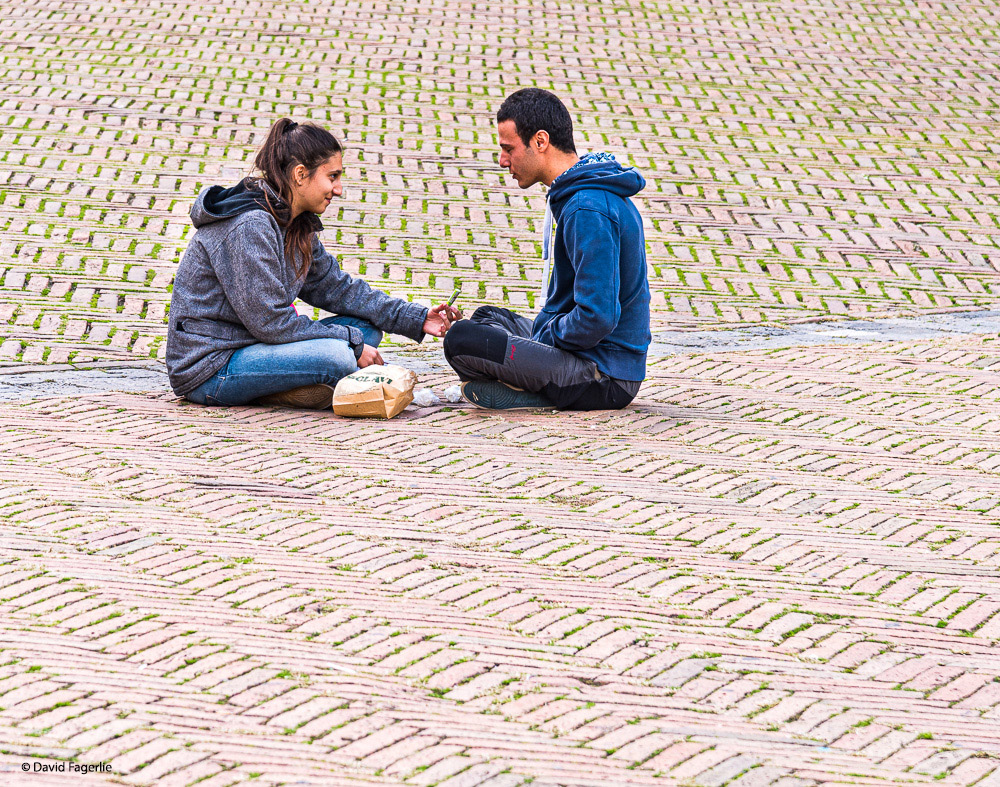
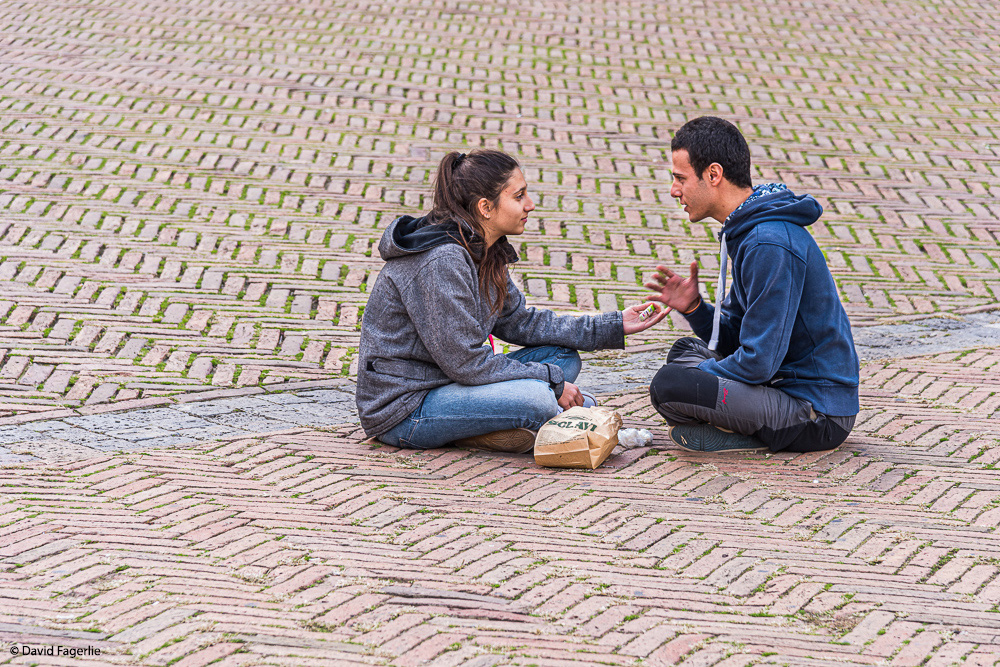
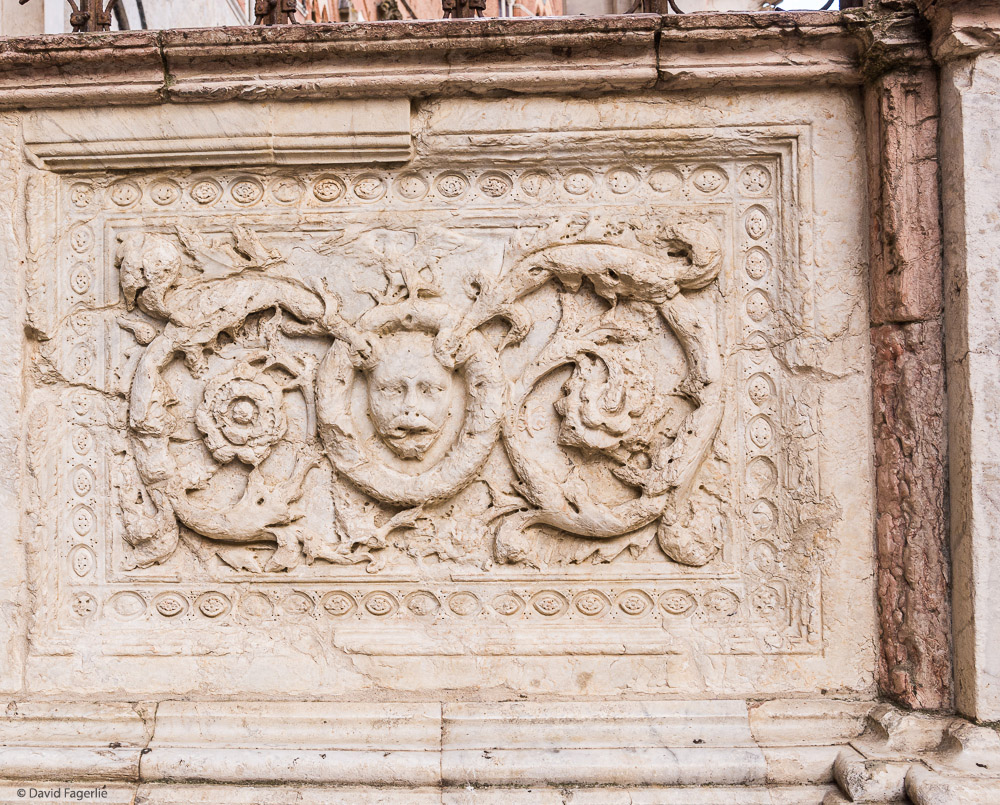
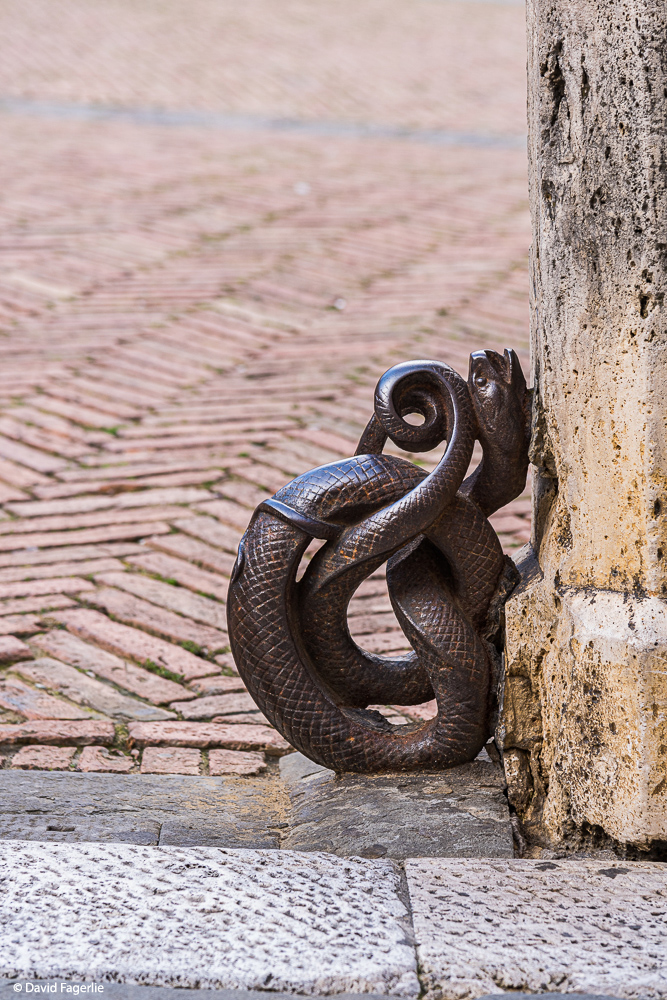
In the next photo, taken inside the Palazzo Pubblico, you can see a She Wolf statue. The two photos after that were taken in a central contrade. After that are some images around Siena. The photo with hanging flags is the colors of the contrade that won the last race. Some of the artwork is on the property of wealthy homeowners.
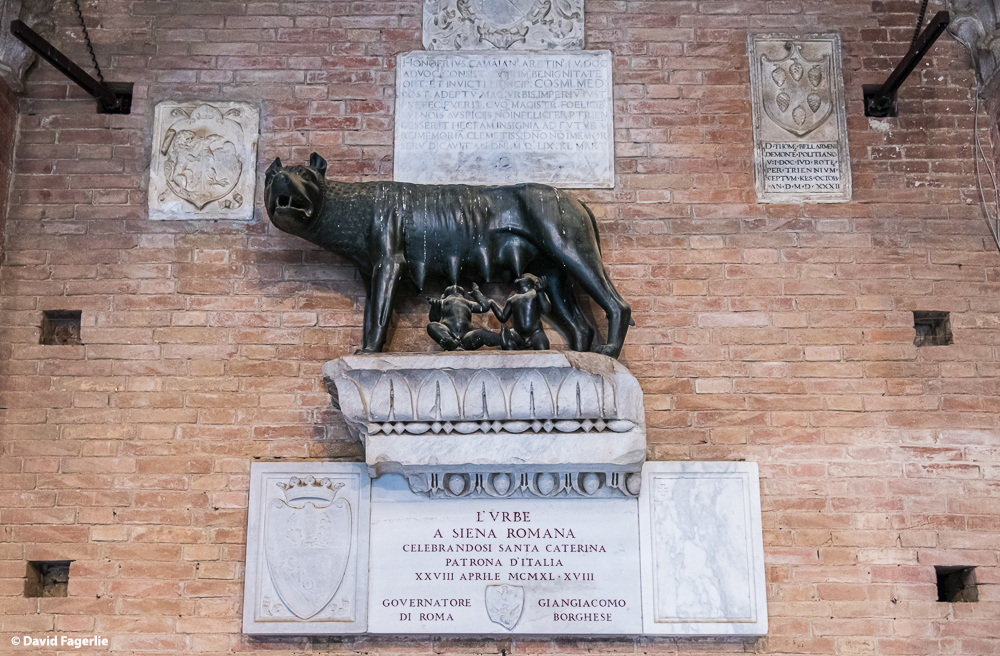
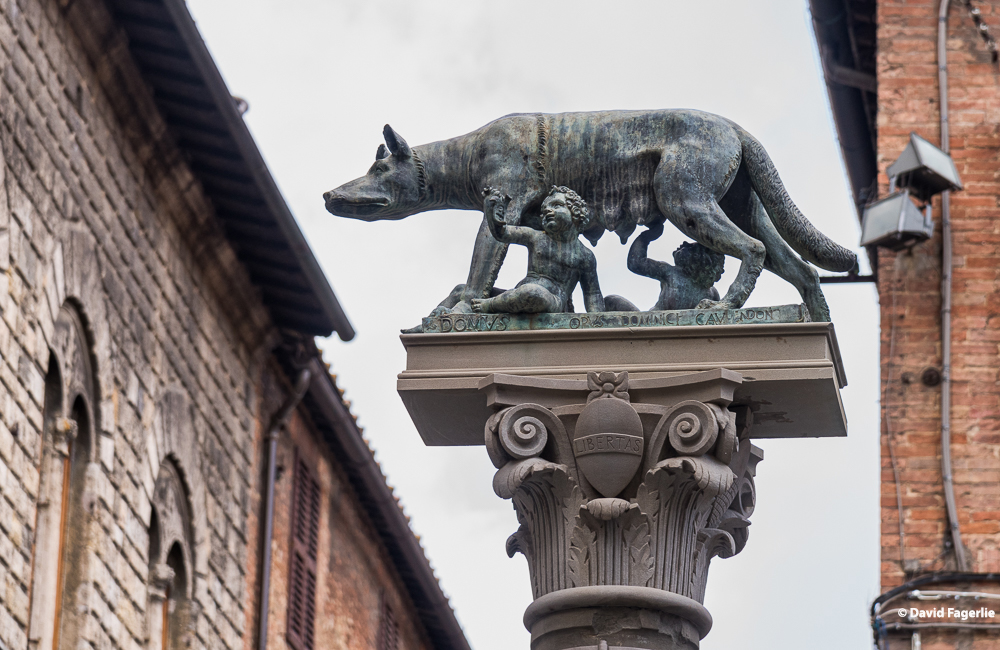
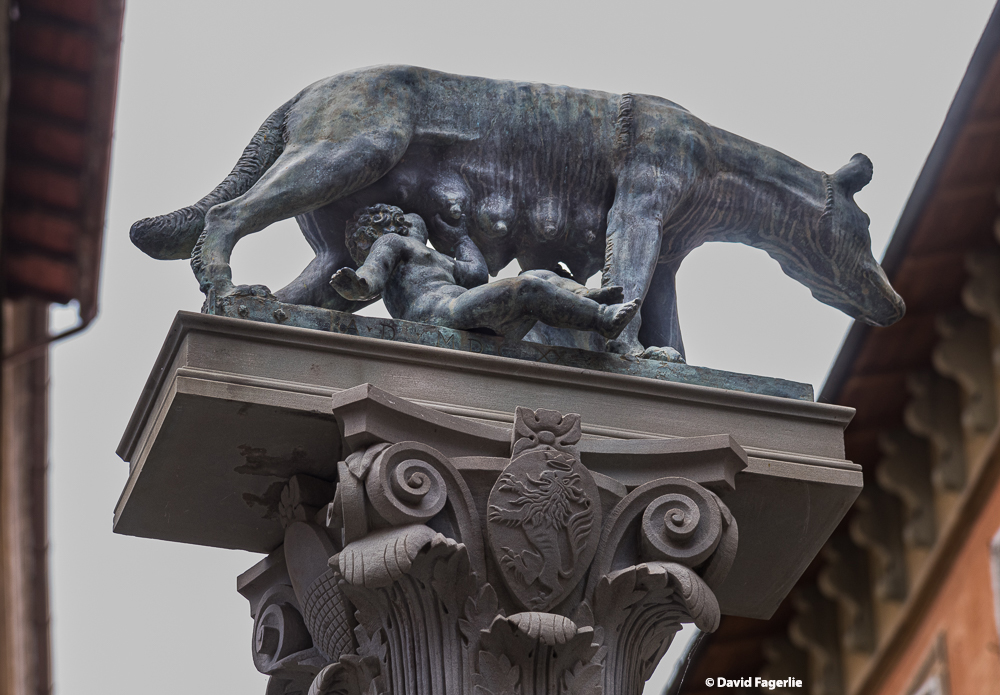
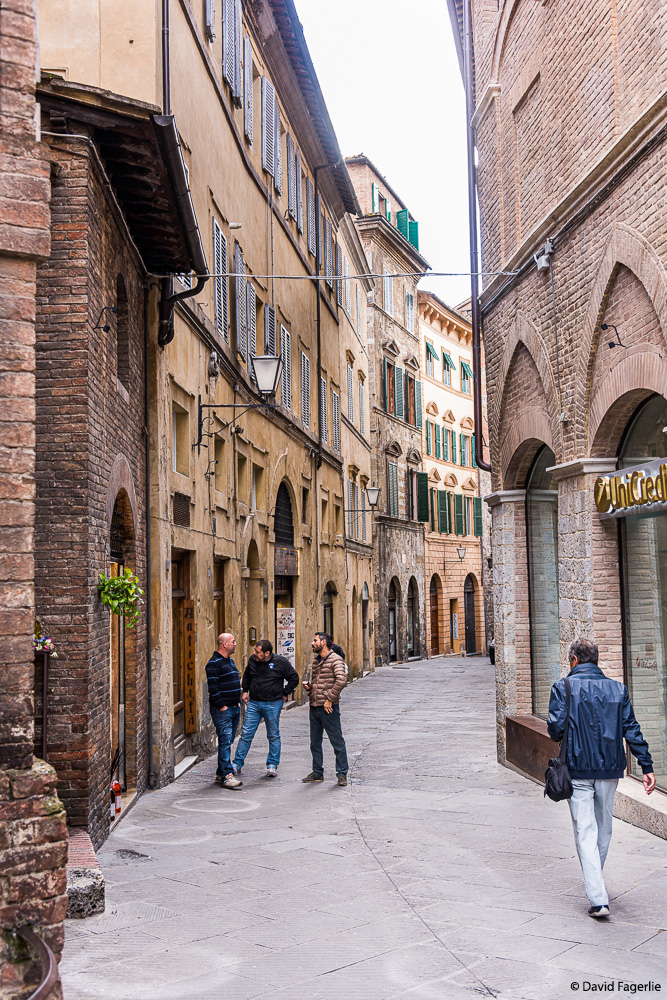

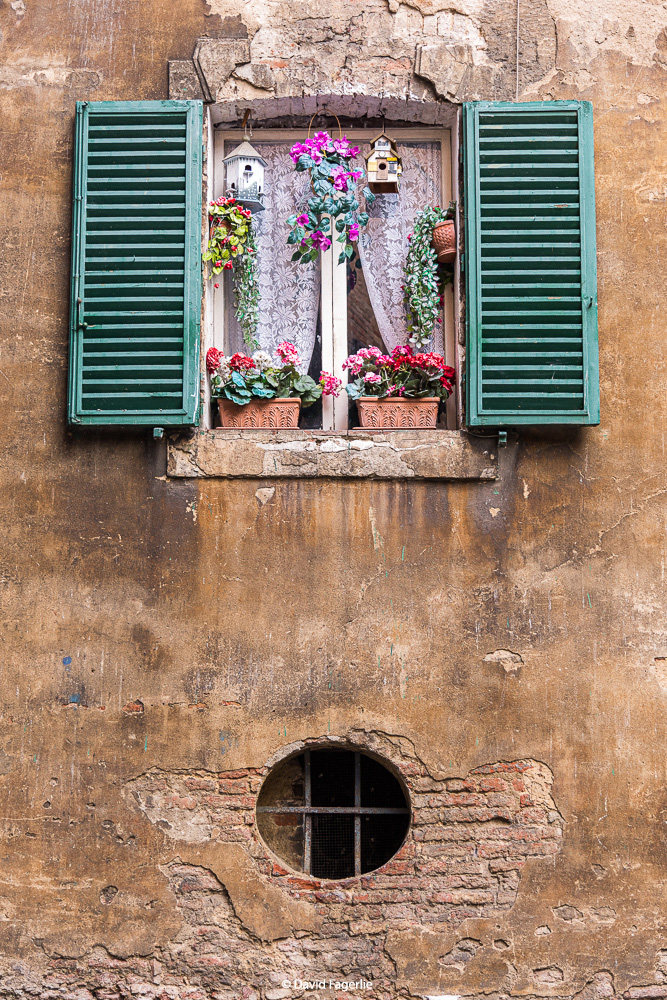
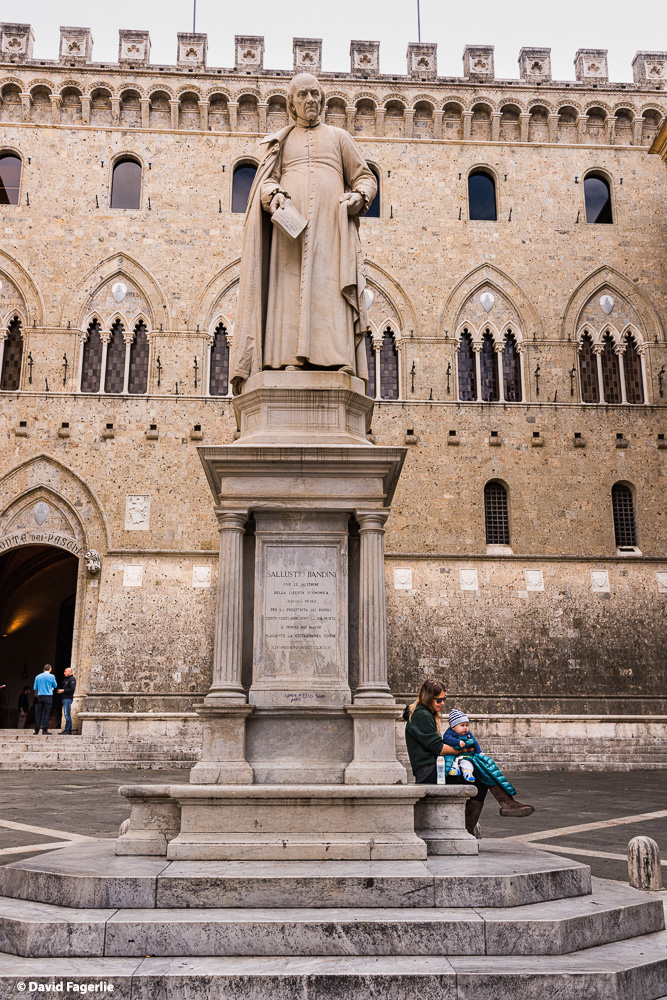
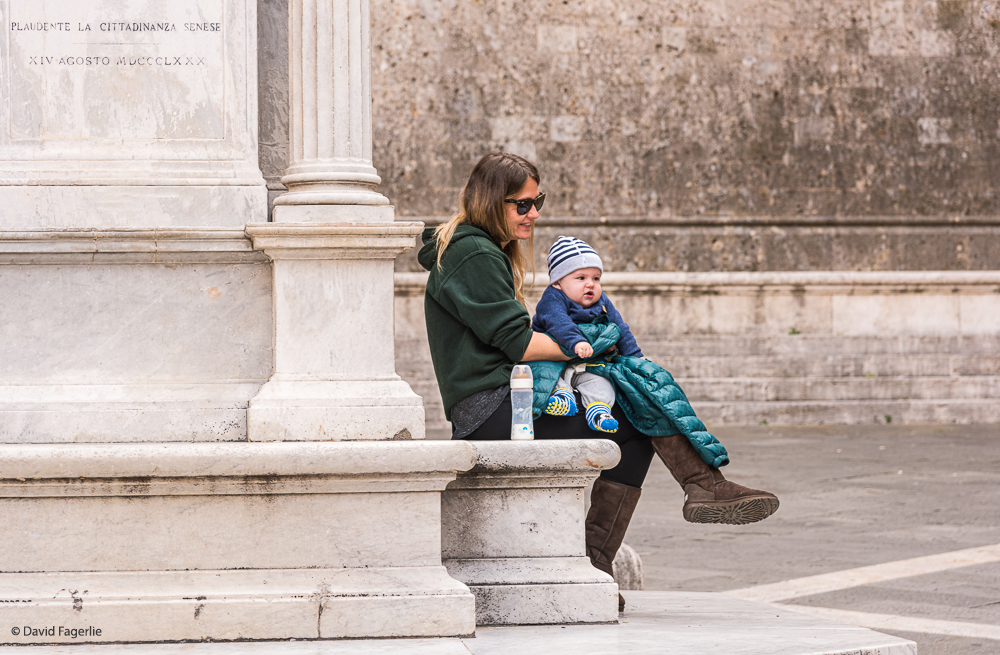
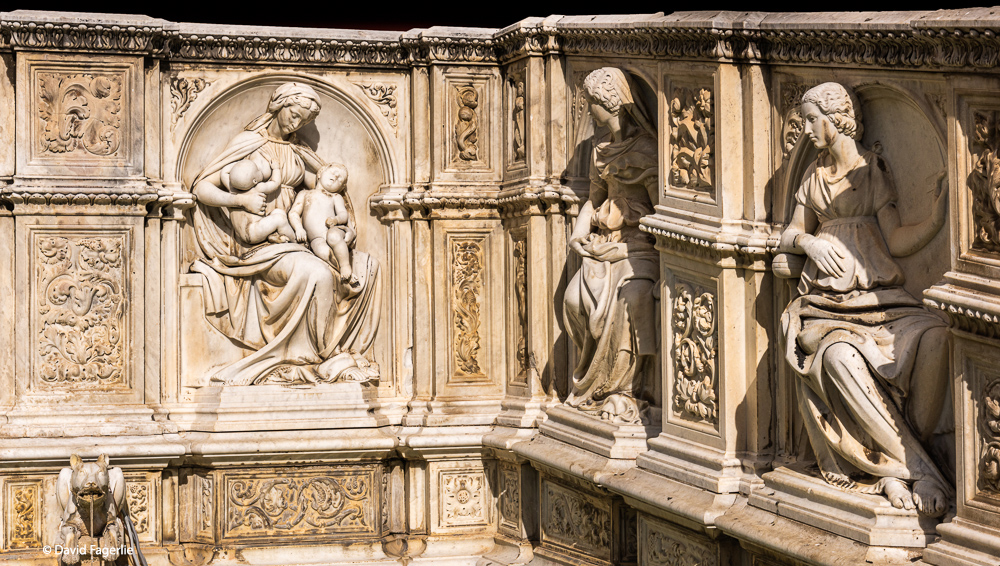
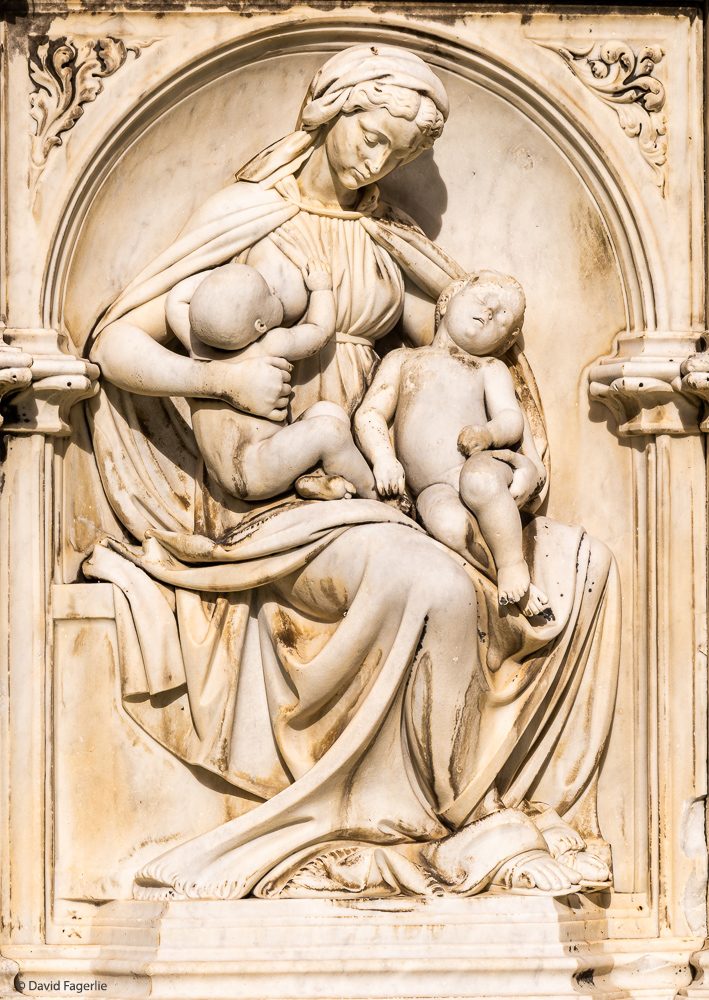
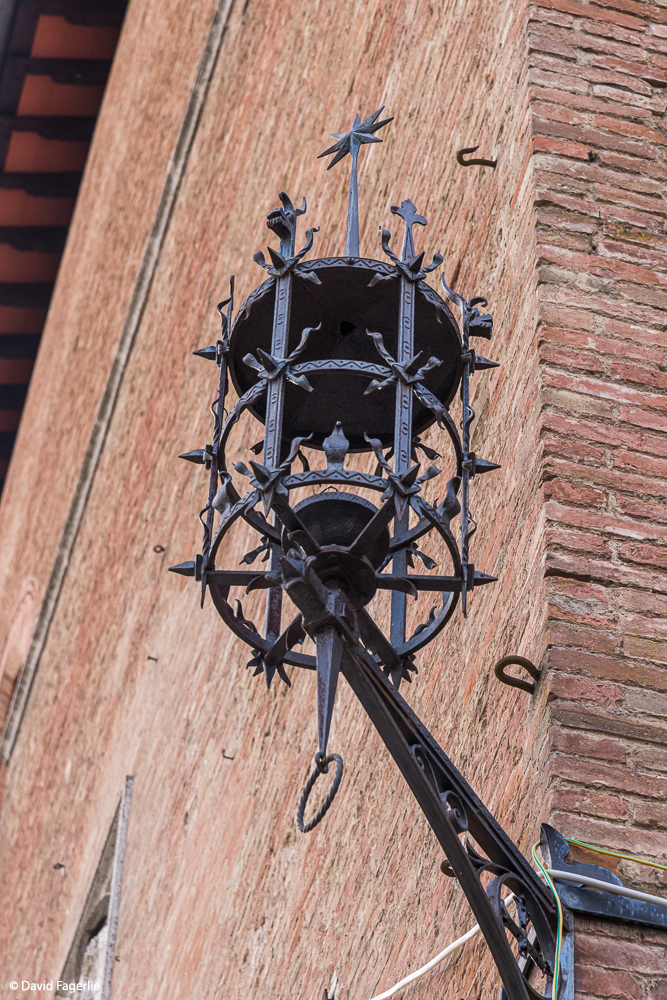
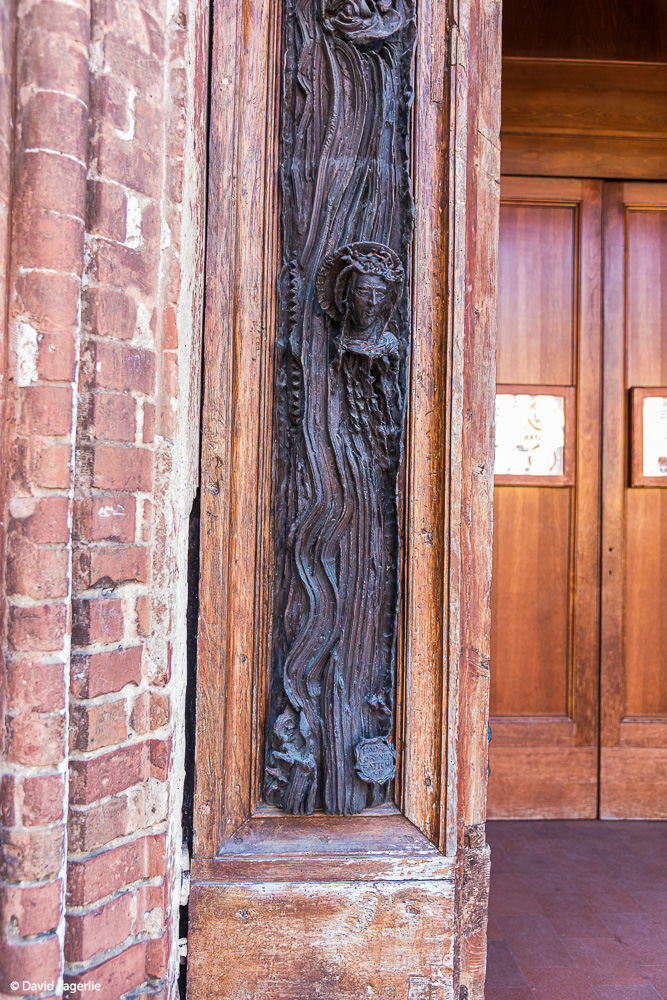
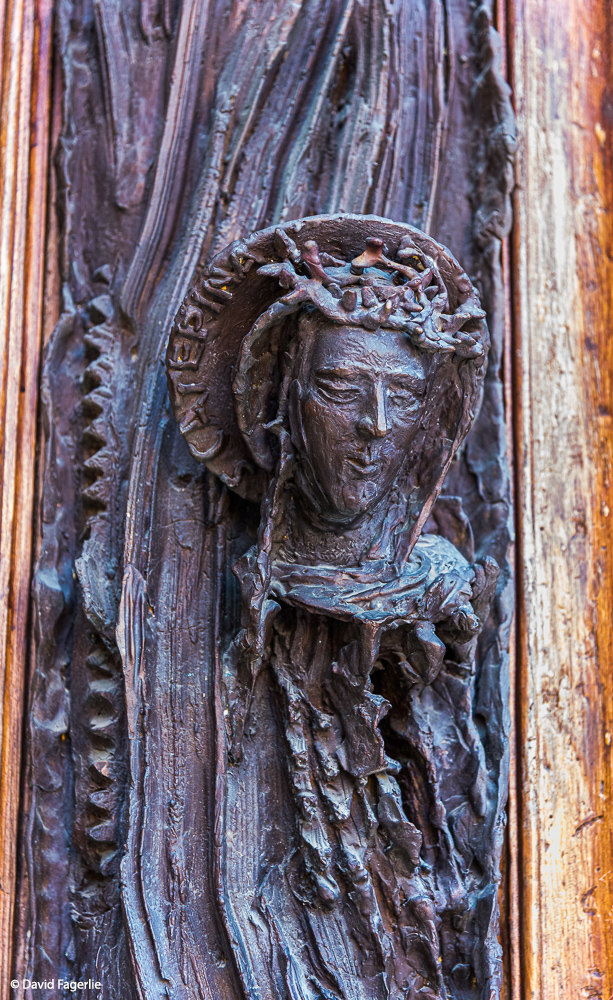
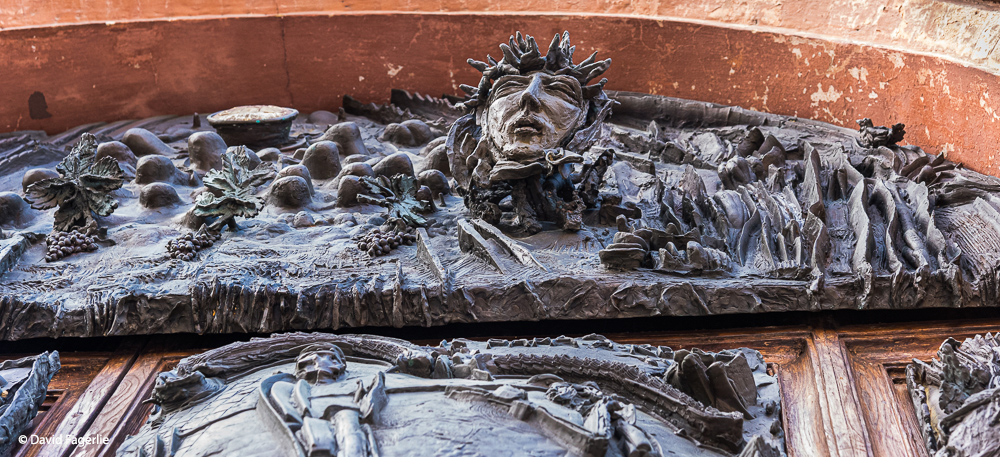
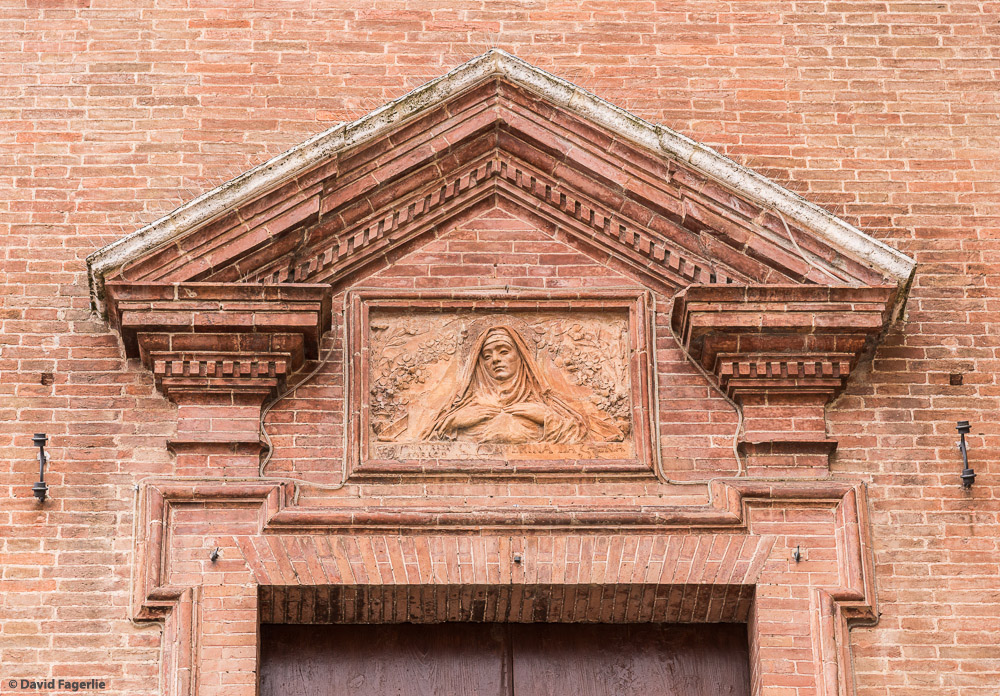

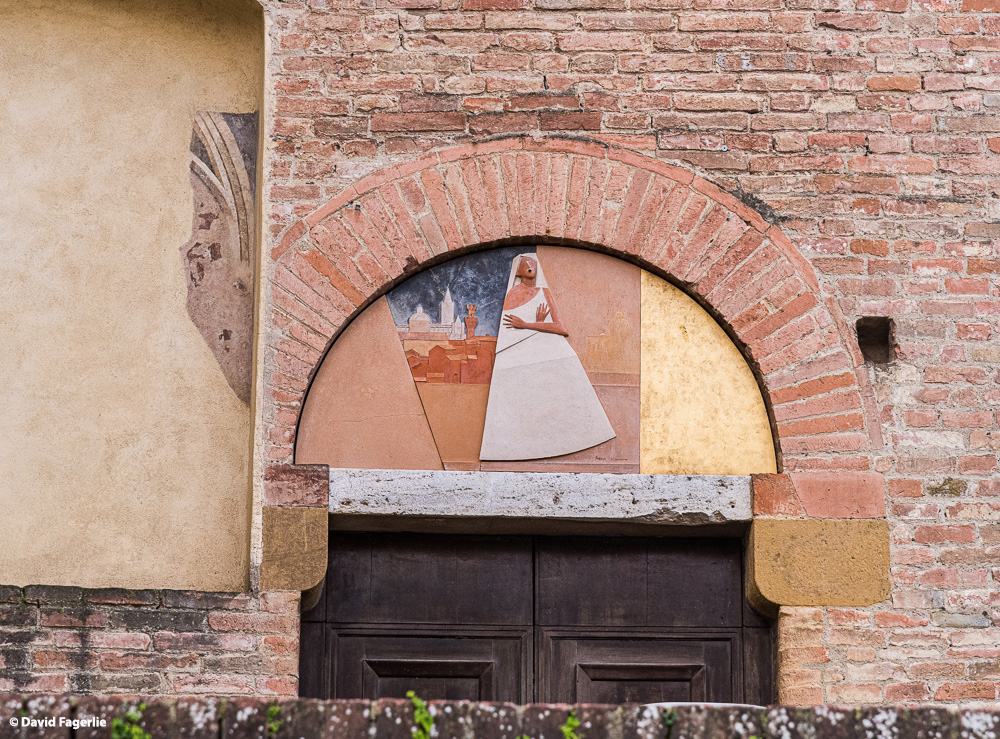
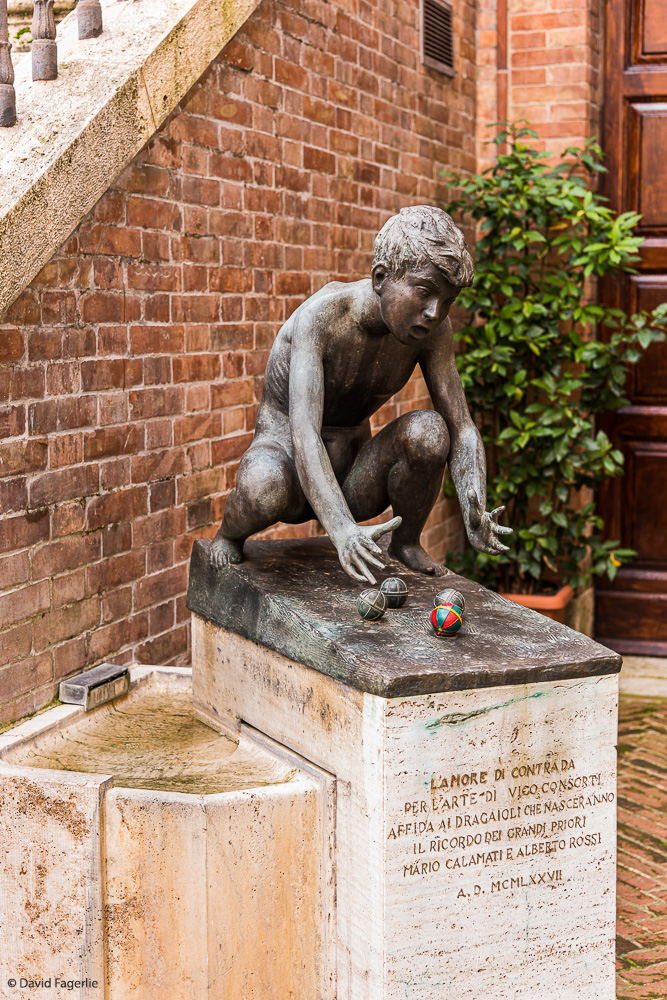
Volterra
West and a little north of Siena is the smaller township of Volterra with a population of about 10,500 as of 2016. Human activity in Volterra dates from before the 8th century BCE and the township has numerous structures from the Etruscan, Roman and Medieval periods. The comune became a “municipium” affiliated with the Romans in the 3rd century BCE.
The army of the Republic of Florence conquered Volterra. When the Republic of Florence fell in 1530 Volterra came under the control of the Medici family.
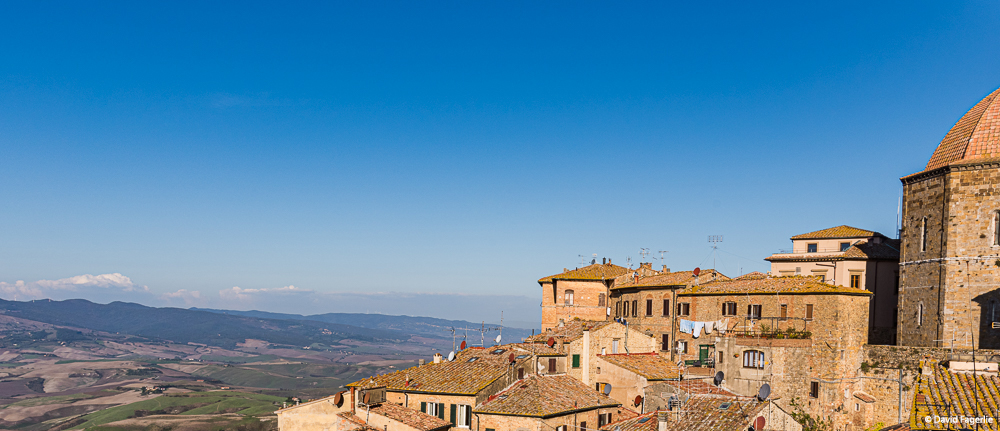
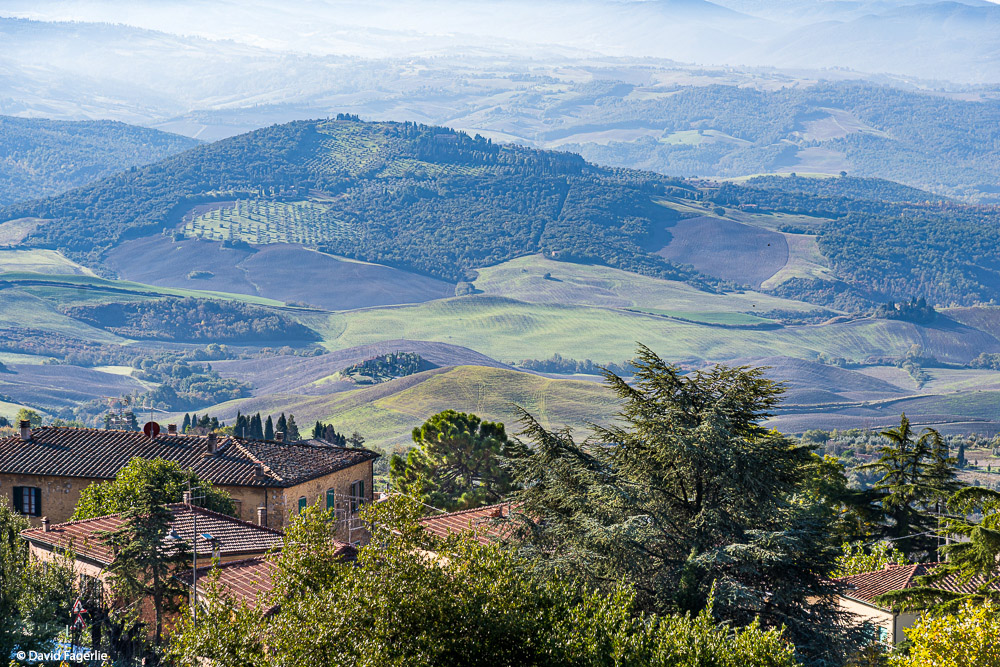
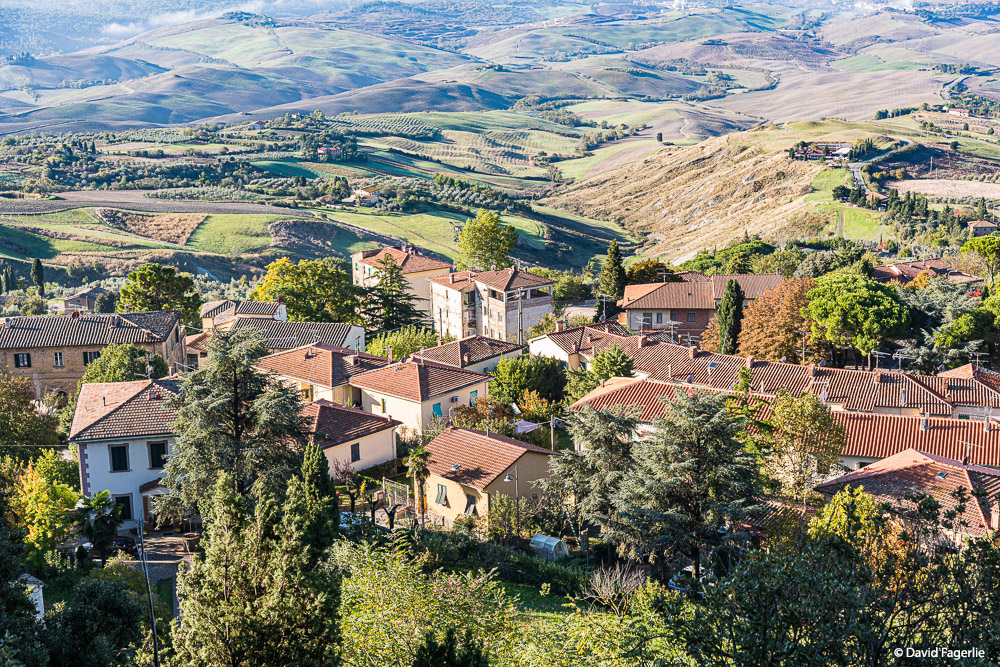
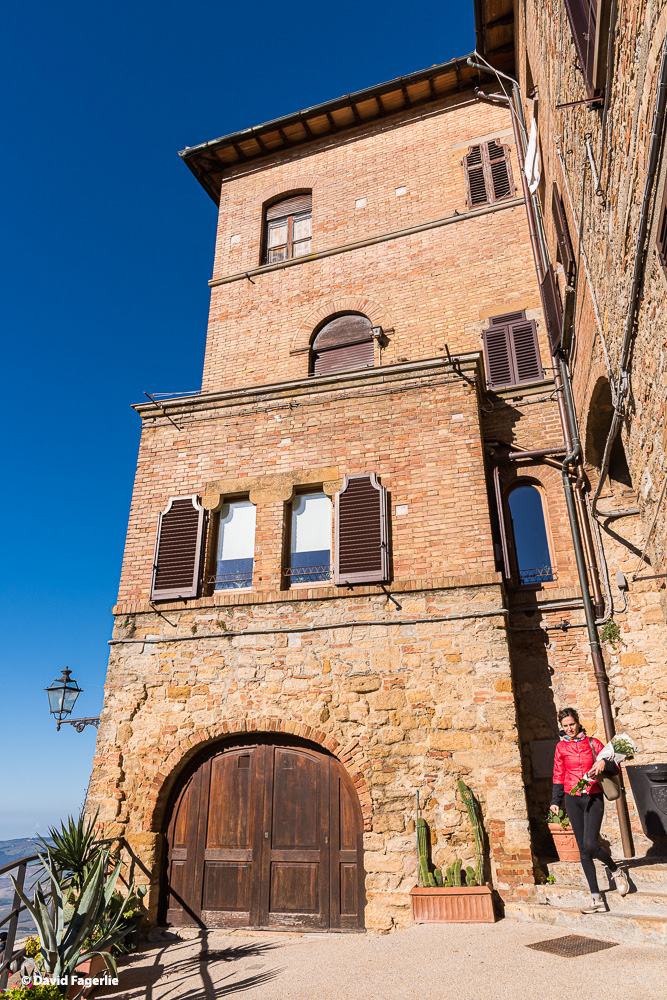
The Roman Theater was constructed in the 1st century BCE, funded by a wealthy Etruscan family. The remains were excavated in 1958. In its day, the section of wall to the rear of the stage you see today extended the width of the stage and there was a cover to shade the performers. Seating was covered by a fabric awning to shade spectators from the sun. Seating capacity is estimated to have been 2,800 to 3,500.
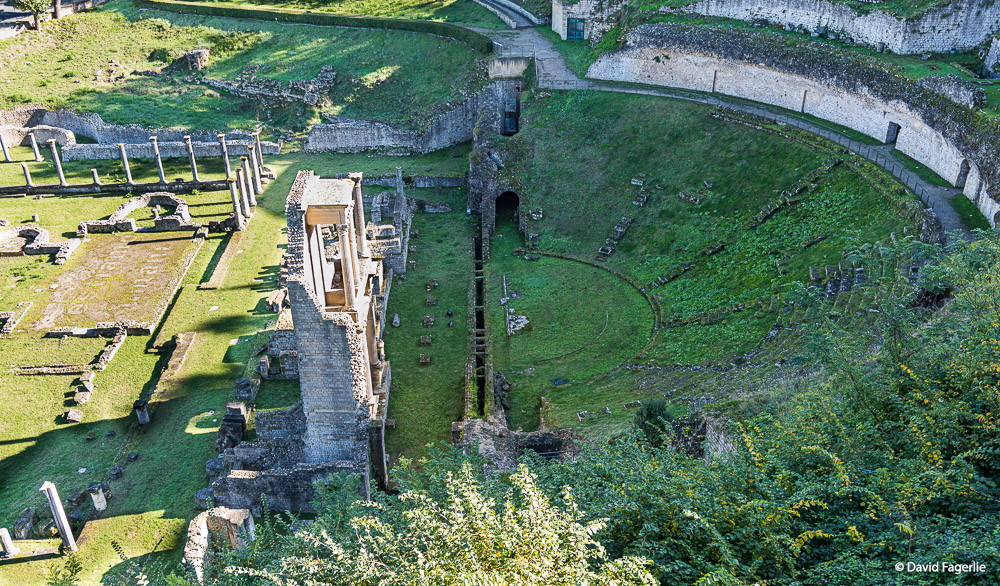

Here are more views of the town.
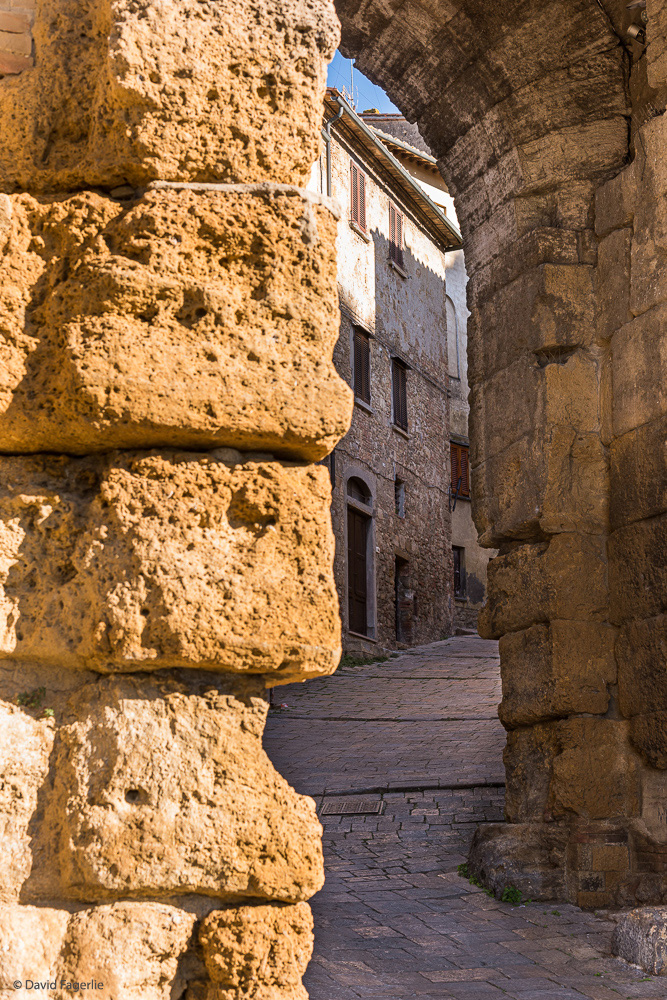
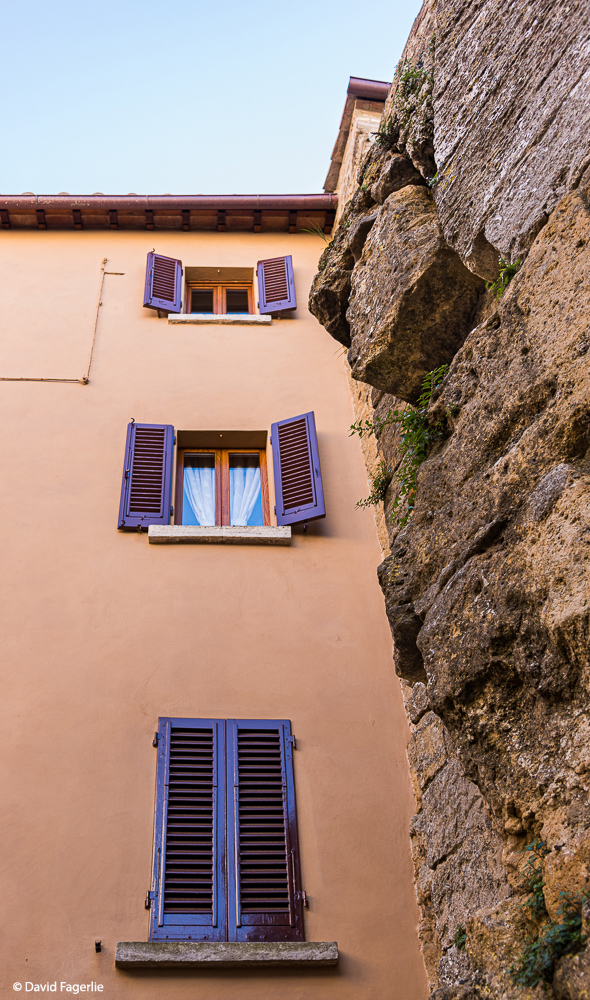
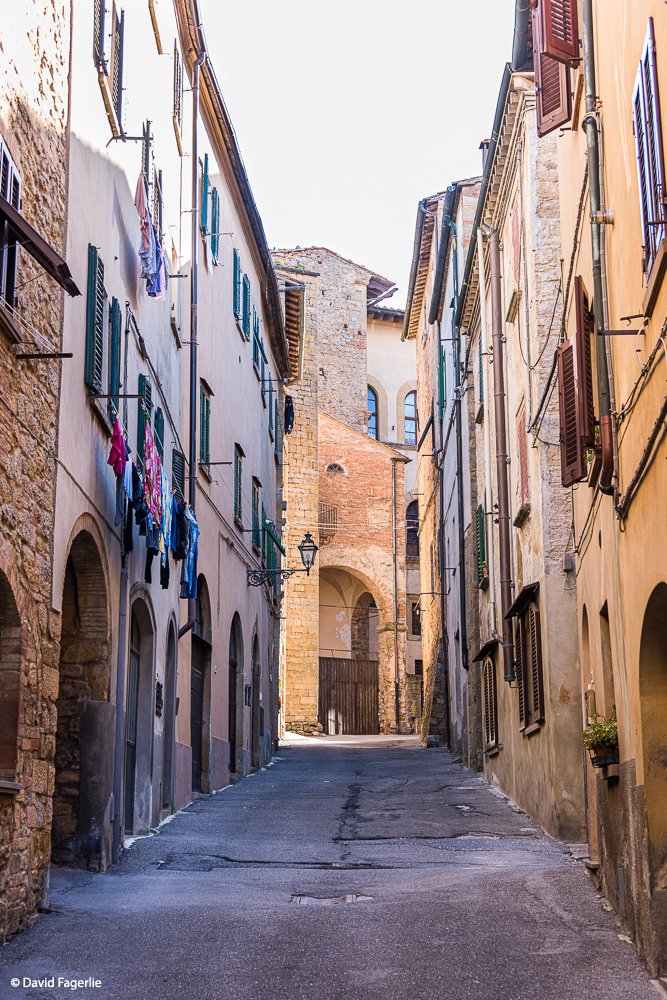
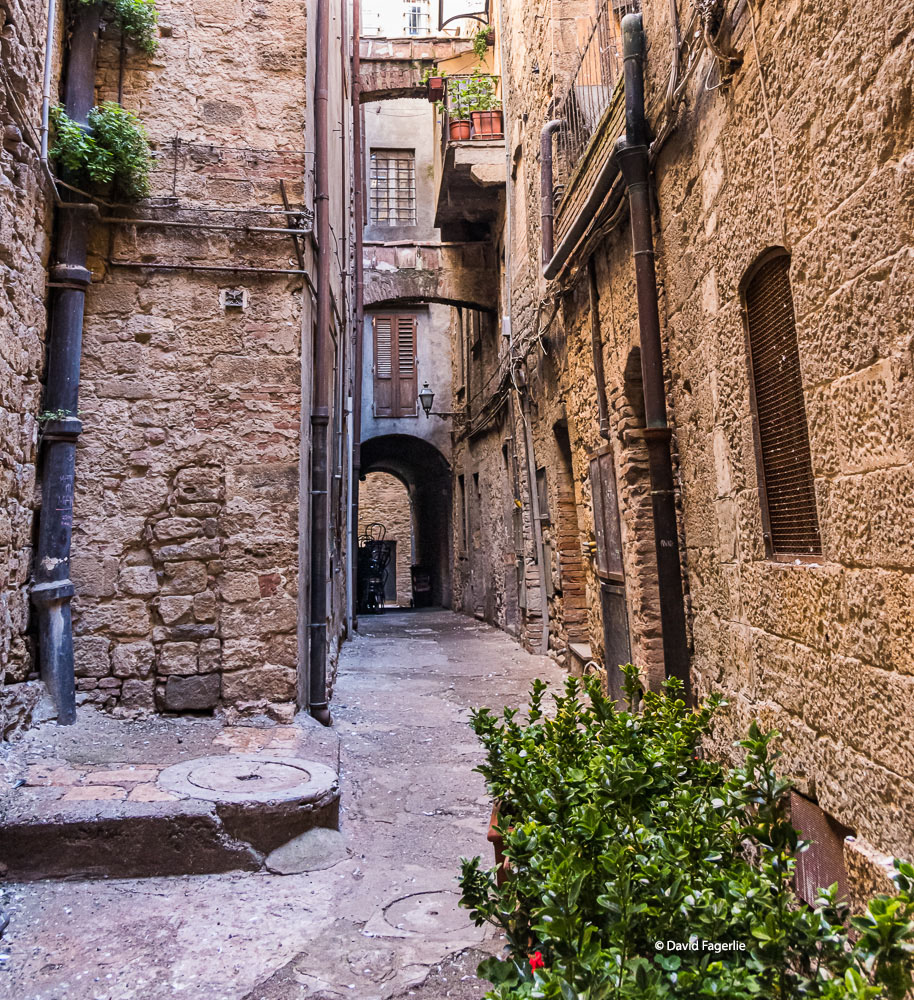
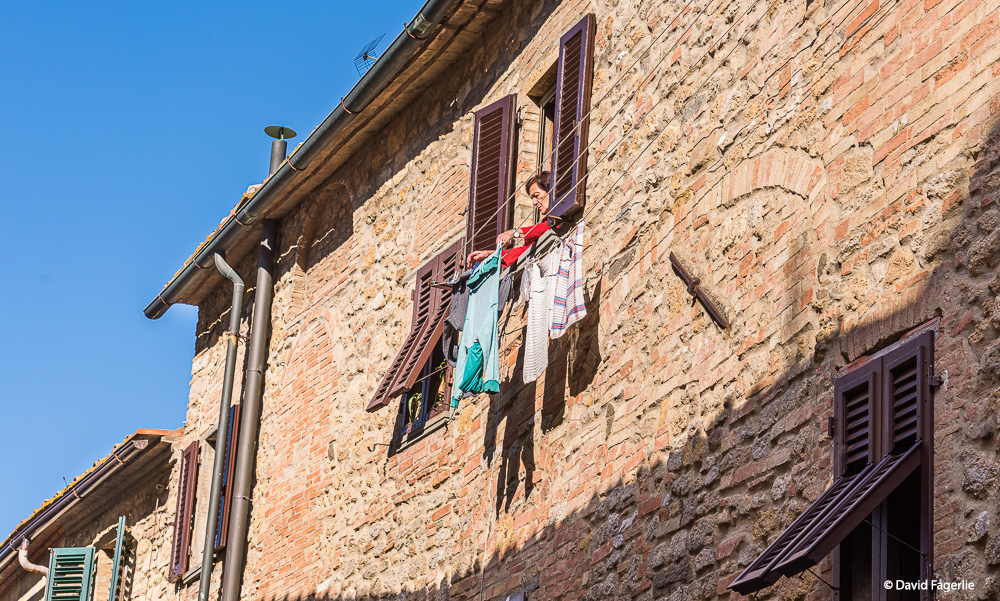
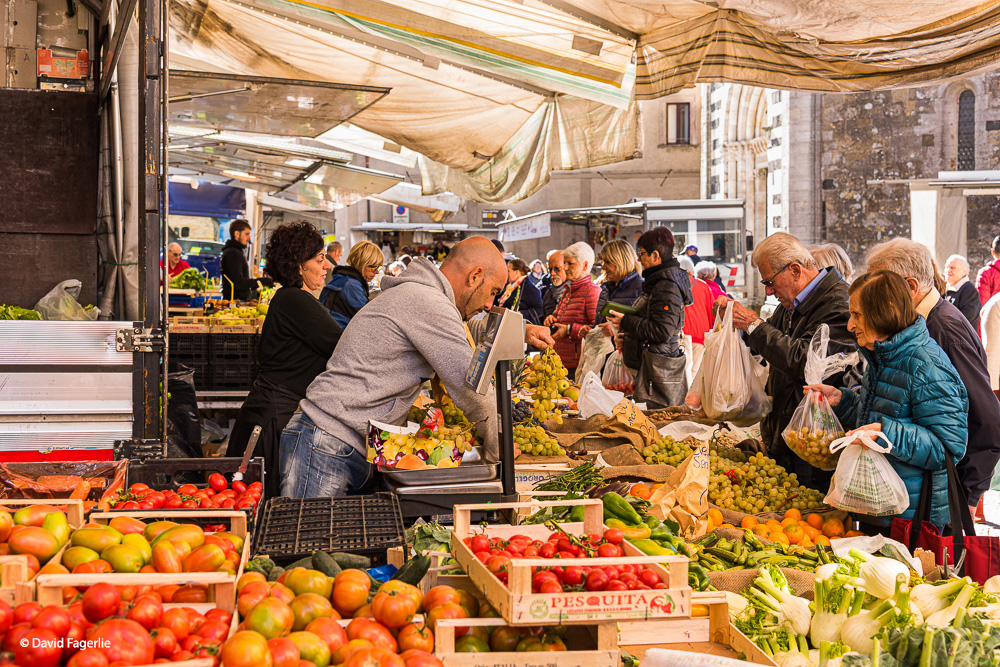
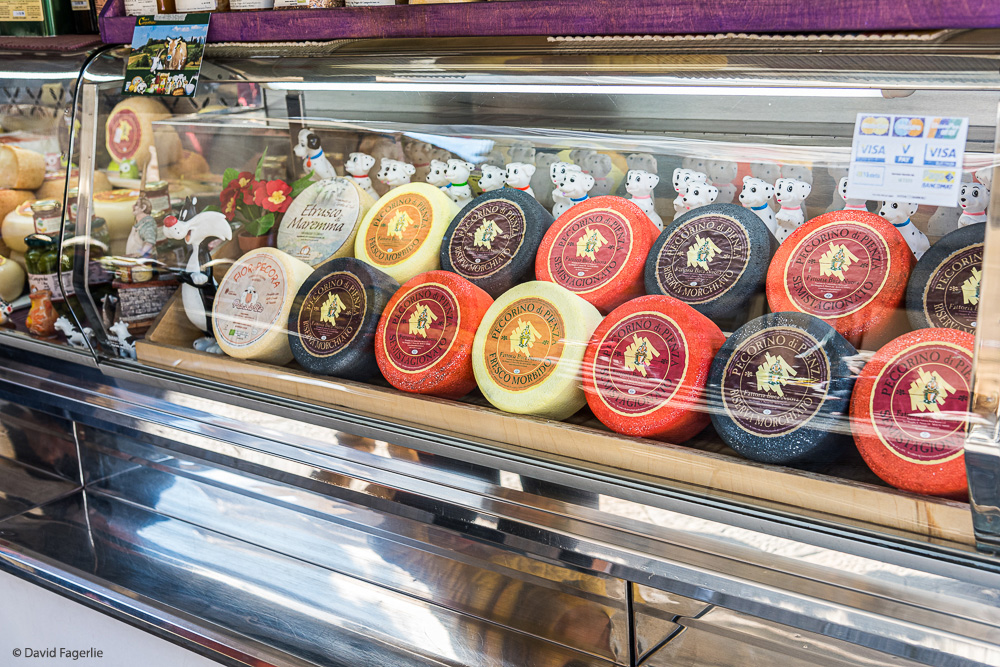
Alabaster is a soft stone that has the appearance of marble but is much more malleable. Perhaps the best deposits of high quality alabaster are around Volterra. The Etruscans of Volterra began using alabaster to make urns in the 3rd century BCE. Due to its softness it can absorb dyes making the color options limitless. Its softness also enables artisans to create shapes that would be difficult to accomplish with marble. Volterra alabaster was used to make exquisit stone carvings and even translucent windows. Here are a couple of photos of an alabaster workshop I came across that has since closed due to the health hazards associated with breathing alabaster dust. Finally, a photo of a bust of alabaster (not including the head) of Septimius Severus at the Capitoline Museums – artist unknown.
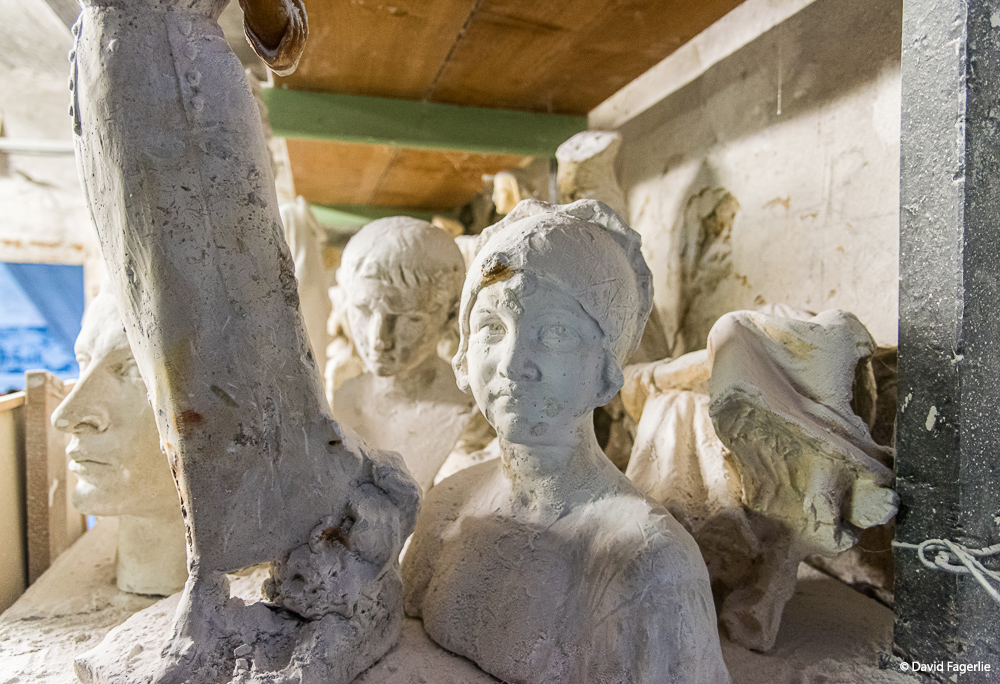
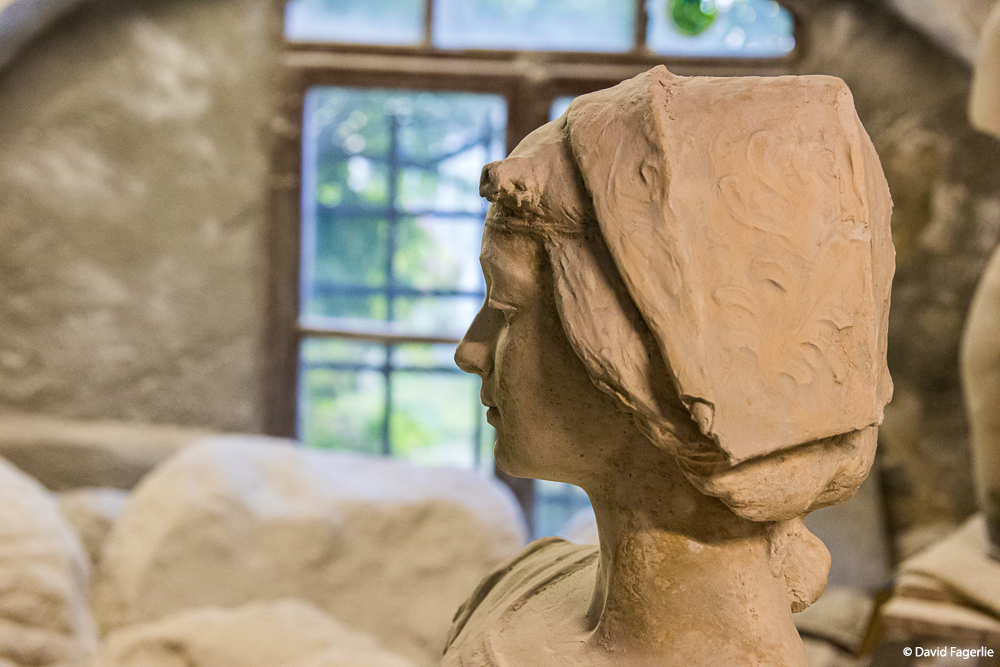

A slide show of higher resolution photos in this chapter is available in Galleries. To access the gallery of this chapter directly you can click HERE.
If you have not already, be sure to subscribe to my notices of new chapters. Go to the bottom of my HOME PAGE to subscribe. (You can unsubscribe anytime.)
Next week we visit Florence, the largest city and capital of Tuscany. Have a great week.
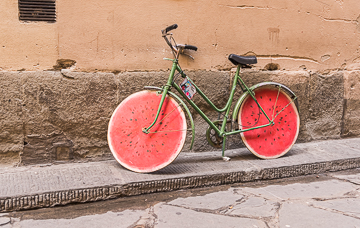
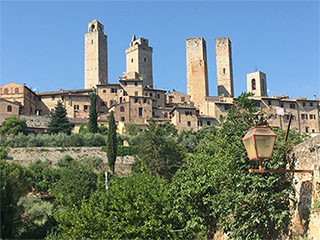
December 10, 2020
Chapter 11: Florence
The city of Florence started out as a Roman city, established by Julius Caesar in 59 BCE.